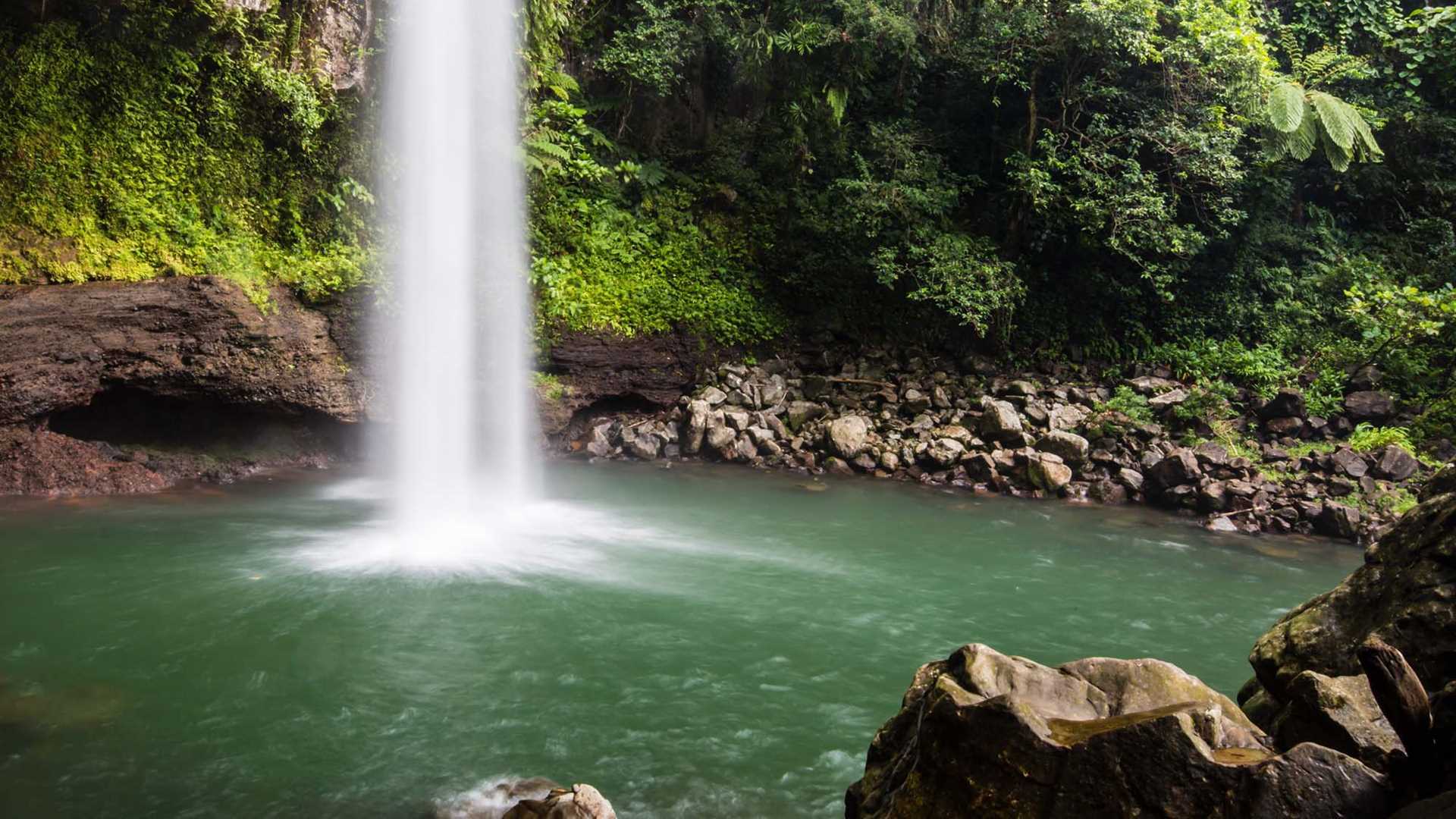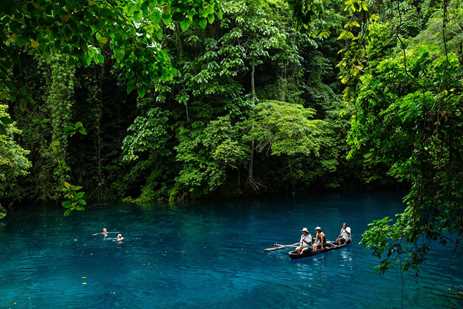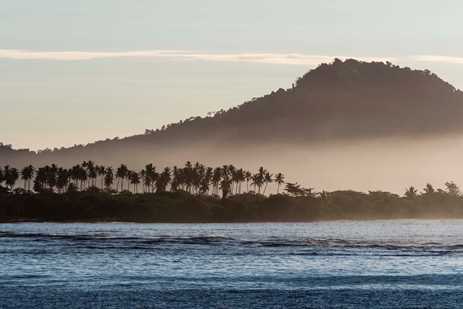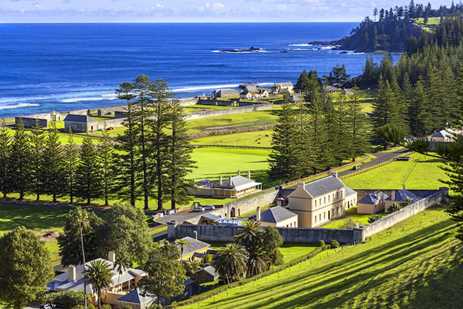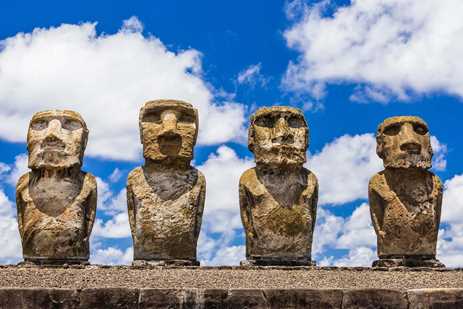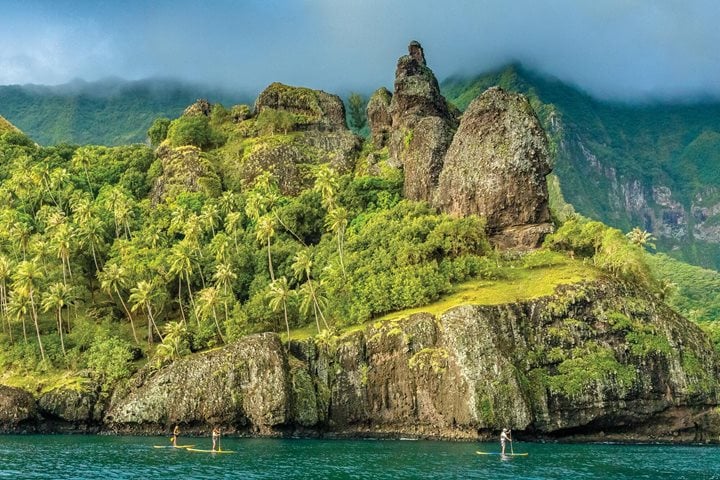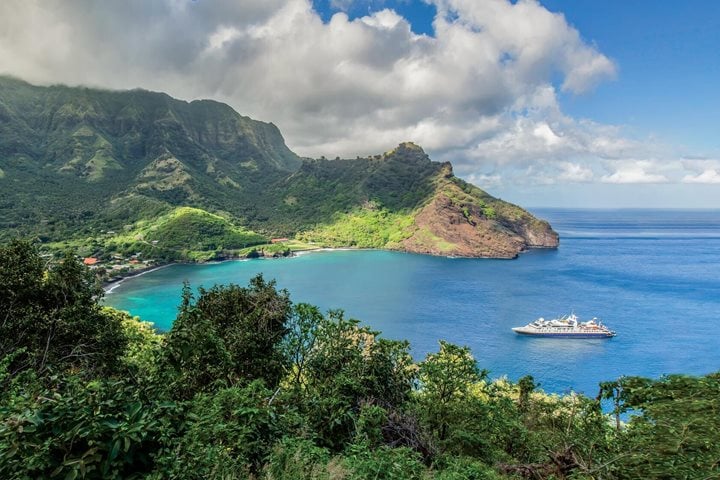For intrepid travelers, the remote is often the most rewarding. Perhaps no place portrays this better than the isolated isles and atolls of the vast and storied Pacific Ocean. Where else could one watch schools of tropical fish swirl around the fuselage of a sunken World War II plane? Or venture to an emerald island brimming with waterfalls and rare flora and fauna? Here, in the convergence of natural beauty and gripping history—or unsolved mystery in the case of Easter Island’s colossal stone moai—singular moments abound. And one thing is certain: while exploring each of these unspoiled wonders and cultural curiosities, the modern world will be but a distant memory. Get Inspired By Photos, Videos, Webinars, Stories, And Exclusive Offers. Sign Up
Oct 2023
4 Min Read

